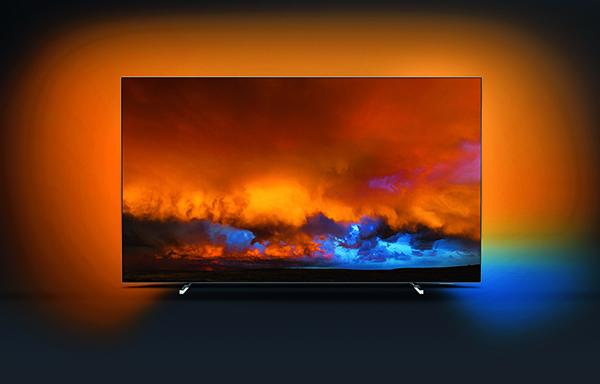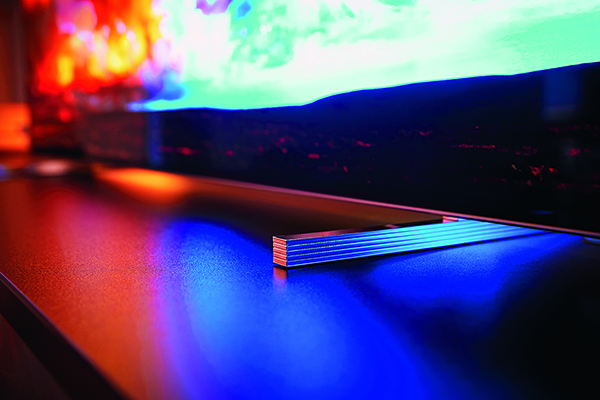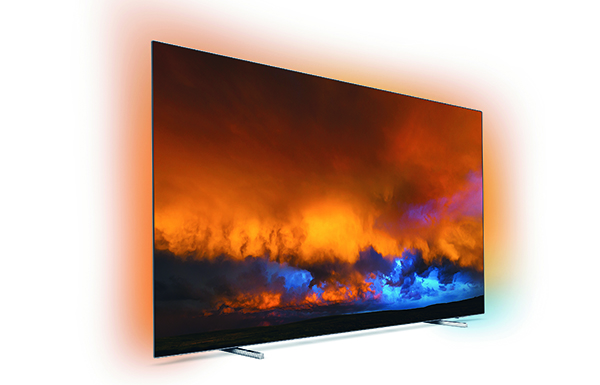Hi there, you're one of the first that reviewed this set.
Can we already call it a real 'Review'? Or still a Preview?
Because I was wondering, how is the motion in comparison to let's say a Sony or Panasonic or a LG? And how are the shadow details compared to those others? And did you also measure the colour accuracy? How is the calibration, is it easy to do with your own calibration device?
Is it possible to use the TV's speakers as a 'center' when using it with a Receiver and speakers?
Looking forward for some feedback. Thanks!

 With their combination of a sleek, Ambilight-enhanced design, competitive pricing and uniquely punchy pictures, Philips’
With their combination of a sleek, Ambilight-enhanced design, competitive pricing and uniquely punchy pictures, Philips’ 




















































